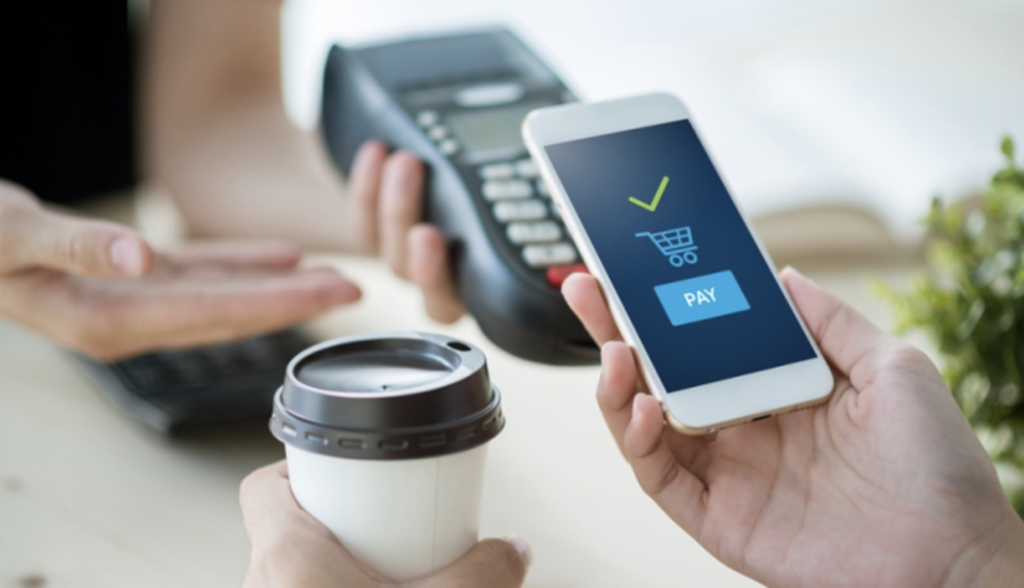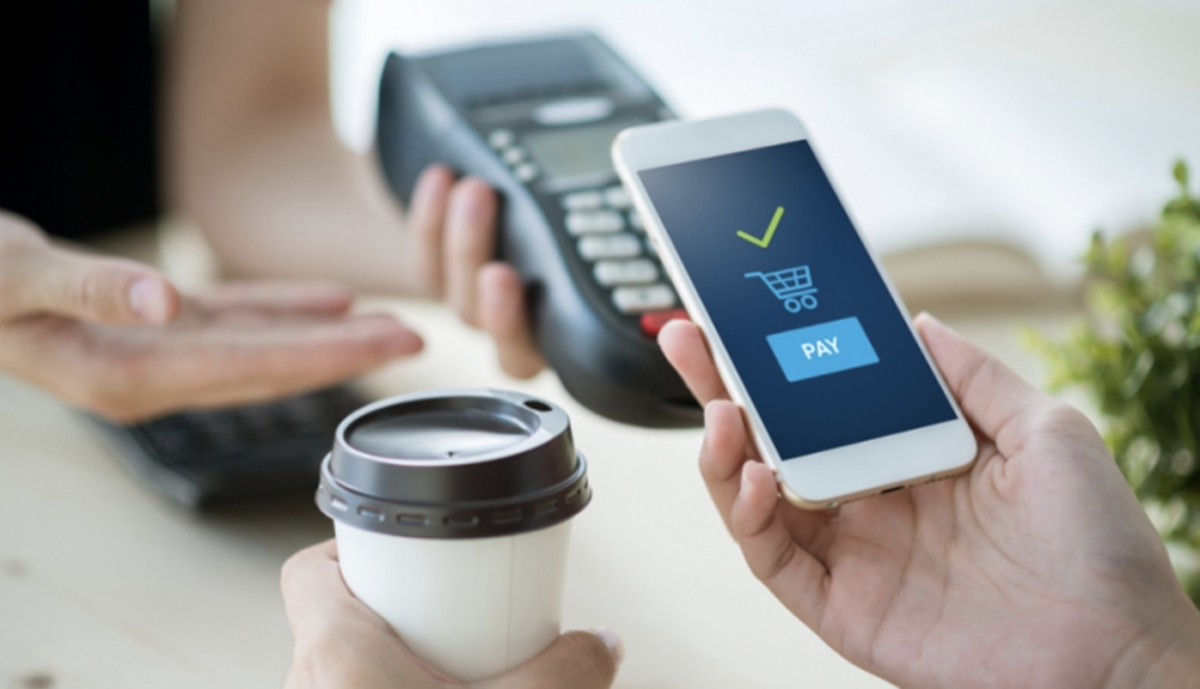In the wake of the global pandemic, digital payments have exploded everywhere. Companies and individuals have turned to a patchwork of solutions and are now looking for strategic payment options that are more cost-effective and capable of driving positive ROI.
The consolidation of payment solutions with better ROI in mind is one of the forces likely to drive the biggest payment trends for 2022. Two other such forces are business growth and customer experience.
The Forces Driving Digital Payment Trends in 2022

Digital payments have made it possible for businesses to sell to clients worldwide. Now businesses want to optimize their payments and use them to reduce costs and boost sales.
Technologies like intelligent payment routing will become commonplace. Embedded payment solutions are also likely to gain traction. Software companies that have used such solutions have noticed spectacular increases in revenue per customer.
Improving the Customer Experience
The customer experience is perhaps the most prominent factor driving payment trends. People like to be comfortable when spending money and hate jumping through hoops to complete a purchase.
As online shopping gains popularity, problems linked to less-than-ideal payment experiences become more and more acute. Every year, millions of shoppers abandon purchases upon check-out for the following reasons:
- The merchant does not support their preferred payment methods.
- Checkout is not available in their language.
- The checkout process is cumbersome and does not feel personalized.
- The lack of a buy-now-pay-later option.
Emerging Payment Trends
The race for improved customer experience is a significant driver of innovation in every industry. Within the payments industry, it has created some interesting and intriguing recent trends.
Biometric Payment Authentication
Authentication has always been the Achilles’ heel of the payments industry. And unless payments go trustless, it will continue to remain a problem.
Biometric authentication is the latest effort to create digital payments that are:
- Secure
- Efficient
- Accurate
Biometric authentication uses clients’ unique physical characteristics to authenticate payments. And payment providers are getting more and more creative in this respect. They can now authenticate payments based on:
- Fingerprints
- Facial recognition
- Iris scans
- Vein mapping
- Heartbeat analysis
Most new mobile devices come equipped with sensors that can recognize facial features, scan fingerprints, etc.
The obvious utility of this trend notwithstanding, there is something sinister in allowing a centralized entity to collect biometric data on clients. And there is a definite trend in mobile devices that forces users to provide their sensitive biometric data, willing or unwilling. What happens to this data depends entirely on the commercial interests of the entity that collects it.
Trustless payments represent a solution that could entirely circumvent the problem of authentication without abusing clients’ rights to privacy. Even the decentralized management of biometric data would constitute a halfway solution.
Using Smart Speakers for Payments
As we stuff our homes full of technology, barreling down toward a dangerously centralized internet of things, smart speakers have become a key channel of human interaction with technology.
Making payments through smart speakers has emerged as a need. Using your home assistant for more than providing details on the weather, traffic, or ordering food is a natural evolutionary step.
Even in 2017, 35% of home assistant users bought various products like groceries, clothing, and electronics, through their smart speaker systems. 28% percent made payments or sent money to someone through a virtual assistant.
Security concerns hamstring this digital payment trend for the time being. People are suspicious of their speakers, and around 75% would not use home assistants for payments for security reasons. Advanced smart speakers may allay some of these fears, as Apple, Google, and Amazon are busy creating such solutions for their clients.
The issue of centralization will never completely put privacy and security-related fears to rest, however. As long as centralized entities are behind these payment solutions, clients can be fairly certain that their personal information will be mishandled, and their shopping habits will be profiled, perhaps even shared with the authorities and other third parties without their knowledge.
The Demand for Mobile Points of Sale
Mobil POS technology can free merchants from the confines of their brick-and-mortar stores, allowing them to accept payments on the move, wherever they go. mPOS terminals can even eliminate traditional checkout areas, replacing them with personnel carrying mobile devices.
Analysts predict that this trend with gather momentum over the next few years, powered by drivers such as:
- Increasing market penetration of contactless payments.
- Adoption of cloud-based POS devices
- Advancements in payment technologies world-over.
Security concerns may hinder the trend, however. And the lack of standardization may prove to be an initial problem as well.
Digital payments are the future. Within the industry, trends will come and go. But hopefully, trends built around customer privacy, decentralization, trustless payments, and security will prevail.


You must be logged in to post a comment.